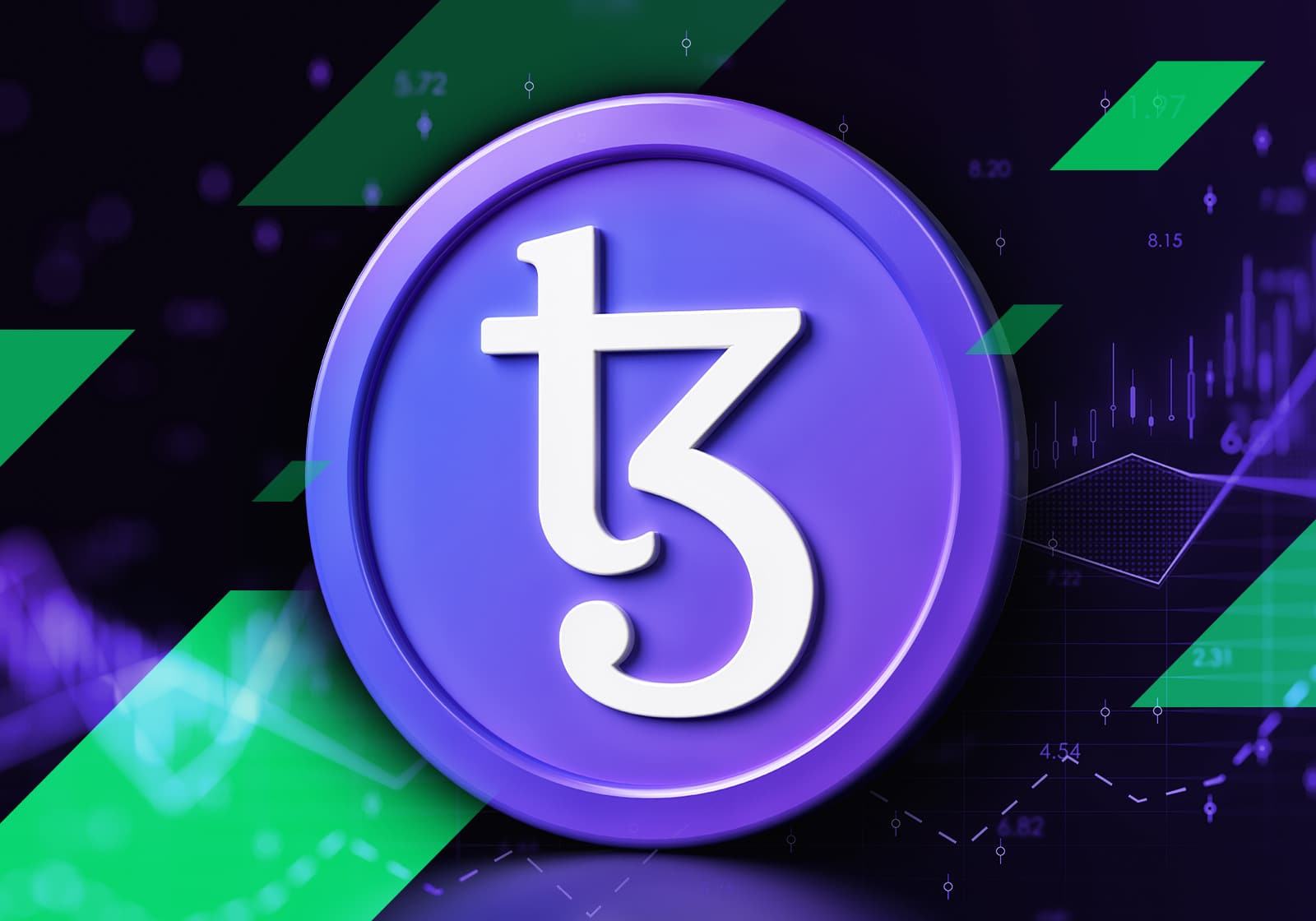BITCOIN MINER BITNILE RELOCATES 6,572 BITCOIN MINERS TO MICHIGAN
Cryptocurrency mining should evolve to reflect the changing energy landscape, and solar-powered mining represents a significant step.

In the ever-evolving world of cryptocurrency, Bitcoin has undoubtedly held its position as the pioneer and kingpin. However, the process of mining Bitcoin, integral to its operation, has come under scrutiny due to its environmental impact. Critics argue that the energy consumption associated with Bitcoin mining is unsustainable and detrimental to our planet. In response to these concerns, some Bitcoiners have begun to explore more sustainable options, such as solar-powered mining. In this blog post, we'll discuss why Bitcoiners should not fight solar energy but rather embrace resilience by integrating solar power into their cryptocurrency mining operations.
The Rise of Cryptocurrency Mining
Cryptocurrency mining has become a booming industry over the last decade. It involves the use of specialized hardware, known as cryptocurrency mining machines, and dedicated crypto mining software to solve complex mathematical problems. Miners compete to solve these problems and validate transactions on the blockchain network. In return, they are rewarded with newly created cryptocurrency coins, such as Bitcoin.
However, as the popularity of cryptocurrencies like Bitcoin has soared, so too has the energy consumption associated with mining. The energy-intensive nature of the process has raised concerns about its impact on the environment, leading to calls for more sustainable alternatives.
Understanding the Environmental Concerns
Crypto mining sites, often concentrated in regions with low electricity costs, have been criticized for their reliance on fossil fuels, particularly coal. This dependence on non-renewable energy sources contributes significantly to carbon emissions and air pollution. Critics argue that Bitcoin mining's energy consumption is not in line with the global efforts to combat climate change.
The Power of Solar Energy
One viable solution to address the environmental concerns associated with cryptocurrency mining is the integration of solar energy. Solar power is a clean, renewable energy source that harnesses energy from the sun using solar panels. It is a technology that has advanced rapidly and become more cost-effective in recent years.
a. Advantages of Solar-Powered Cryptocurrency Mining
- Sustainability: Solar power is a sustainable energy source that does not produce greenhouse gas emissions, making it an eco-friendly choice for cryptocurrency mining.
- Cost Savings: Over time, solar energy can lead to substantial cost savings for miners, as they reduce their reliance on expensive grid electricity.
- Decentralization: Solar-powered mining can enable greater decentralization in the cryptocurrency network by allowing miners to operate in remote areas without access to traditional power grids.
Embracing Resilience through Solar-Powered Mining
Rather than resisting the shift toward more sustainable energy sources, Bitcoiners can embrace resilience by incorporating solar power into their mining operations. Here's how:
a. Investment in Solar Infrastructure
Bitcoin miners can invest in cryptocoin mining rig that are specifically designed to run on solar power. These cryptocoins mining rigs can be equipped with solar panels and battery storage systems. By doing so, miners reduce their carbon footprint and ensure a more sustainable future for the cryptocurrency industry.
b. Leveraging Solar Energy Calculators
Crypto mining apps and websites now offer crypto mining calculator tools that help miners estimate their profitability and environmental impact. By factoring in solar energy usage, miners can make informed decisions about their operations and strive for greater sustainability.
c. Supporting Renewable Energy Initiatives
Bitcoiners can contribute to the adoption of renewable energy by supporting initiatives that promote solar power and other clean energy sources. Investing in solar projects or advocating for policies that encourage renewable energy adoption can make a significant impact.
d. Raising Awareness
Bitcoin communities can play a crucial role in raising awareness about the environmental challenges of cryptocurrency mining and the benefits of solar-powered mining. Education and advocacy can lead to a broader acceptance of sustainable practices within the industry.
Overcoming Challenges
It's important to acknowledge that transitioning to solar-powered crypto mining apps may pose some challenges:
a. Initial Costs: Setting up solar infrastructure can be expensive upfront. However, miners can recoup these costs over time through energy savings.
b. Weather Dependency: Solar power generation is weather-dependent, meaning it may not be available 24/7. This can be mitigated with battery storage systems.
c. Technical Expertise: Miners may need to acquire the technical knowledge to install and maintain solar-powered systems.
In the face of growing concerns about the environmental impact of cryptocurrency mining, Bitcoiners have an opportunity to lead the industry towards greater sustainability and resilience. By embracing solar energy, miners for crypto can reduce their carbon footprint, cut energy costs, and support a cleaner, more decentralized future for cryptocurrencies.
Cryptocurrency mining should evolve to reflect the changing energy landscape, and solar-powered mining represents a significant step in the right direction. By integrating solar energy into their operations and advocating for renewable energy adoption, Bitcoiners can ensure the long-term viability of their industry while minimizing its environmental impact. Embracing resilience through solar-powered mining is not just a responsible choice; it's a way to secure the future of cryptocurrency for generations to come.
What's Your Reaction?














